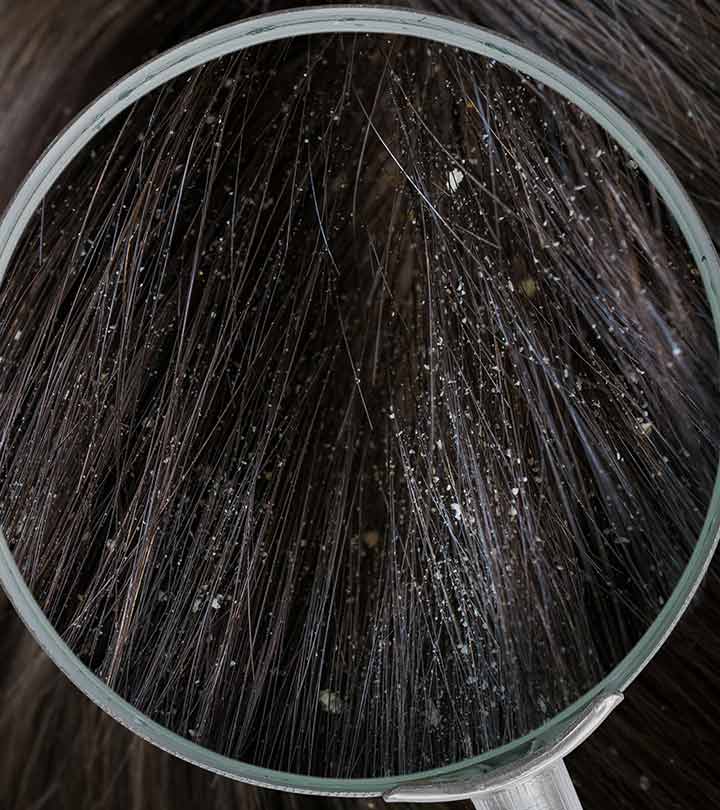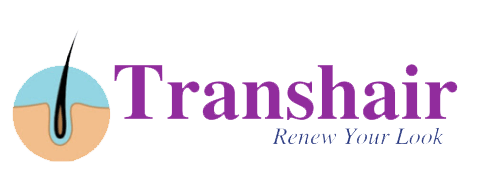Anti-Dandruff
Opacifying agents such as ethylene glycol monostearate (EGMS) or ethylene glycol distearate (EGDS) are frequently used to give the shampoo an attractive opaque/pearlescent appearance instead of a flat “paint” appearance.

About Anti-Dandruff
Anti-dandruff agents are intended to reduce the formation of dandruff flakes. The cause for dandruff is not fully understood but the treatment involves the use of a number of “actives” that function either as antimicrobial agents or as anti-mitotic agents. The choice of “active” depends on the regulatory requirements in the markets that are being served. In the United States, there are five ingredients that are currently approved for use in over the counter (OTC) anti-dandruff products. The two most popular ingredients are zinc pyrithione and selinium sulfide. The other approved “actives” are salicylic acid, sulfur, and coal-tar solution.
With the exception of coal tar and salicylic acid, the other three ingredients are used as suspensions in shampoo formulations. In the case of zinc pyrithione, the most popular anti-dandruff active used in the United States, it is supplied as 48% dispersion in water. It is most commonly used at 1.0% active in a shampoo formulation.
When using either selinium sulfide (used at 1.0%) or zinc pyrithione (used at 0.3–2.0%) a suspending agent such as acrylates; C10–30 alkyl acrylates crosspolymer or magnesium aluminum silicate is also needed to keep the “active” uniformly suspended in the shampoo. Since both of these “actives” are insoluble, shampoos that contain them will be opaque.
